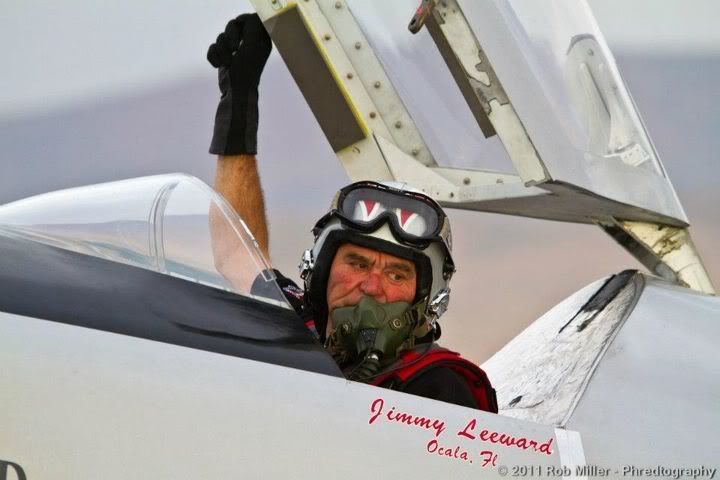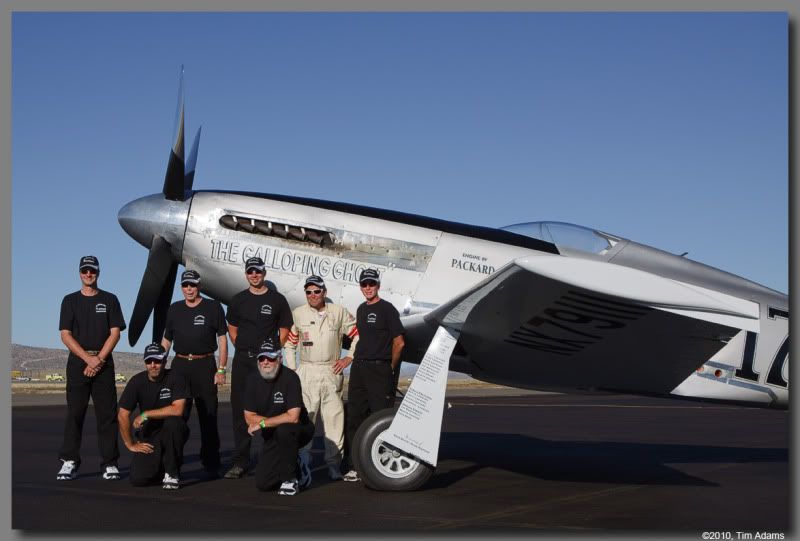Early Air Racing
Prior to World War II, air racing was the number one outdoor spectator sport. During this time aviation was in rapid development and it represented the leading edge of technology. The audiences were captivated by the engineering marvels, as well as the courageous pilots. Some things have not changed; we still do see developments made because of air racing. More likely today we use racing as a proving ground for new developments, which will slowly make their way into mainstream aircraft. And, we certainly have courageous pilots still, however, where have the crowds gone? Have they become so bored with flying that it is no longer remarkable? Or, do they just not know we exist?Events
The first record of an air race I could find was one held in St. Louis, Missouri in 1908. There were only 4 airships - you know, blimps - in the US at the time and all of them participated. Two pilots were blown off course due to the high winds, and the other two finished, sharing the $5,000 prize.Bennett Trophy
In 1909, The Gordon Bennett Trophy in Reims France was the first major international air race. Pilots from all over the world attended. American, Glenn Curtiss beat Frenchman, Louis Bleriot by five seconds and was named Champion Air Racer of the World. Because of this win, Curtiss was awarded the first pilot's license in the US. That is a great trivia question right there.As it happens in many international competitions, the winning pilot's country will host the following year's competition. Because Glenn Curtiss won the previous year, the second Gordon Bennett Race was held in Belmont Park, Long Island. It then moved to England and the France again. The sixth and last Bennett Race consisted of 62 mile straight course. There were competitors from just the three countries who had won in the past, Great Britain, France and USA. The rule was - if a country won three times in a row, they could retire the trophy and the French did in that year.
Gordon Bennett was quite famous at the time as a balloon enthusiast and car racing fan. There is still a Balloon race with his name on it and at one time he sponsored a car racing trophy as well as the air race.
Schneider Trophy
Air racing started to catch on and in 1911, Jacques Schneider announced his version of a race, The Schneider Trophy was for seaplanes. The first race was held in 1913 in the waters off Monaco. The series continued until 1931 and provided great advancements in aerodynamics and engine design. Speeds went from 45 mph to 340 mph at the end of the stretch.The National Air Races
The Pulitzer Trophy Races went from 1920-1925. These are considered to be the forerunner of the National Air Races at Cleveland. Established by newspaper publisher, Ralph Pulitzer, the first race was held at Mitchell Field in Garden City, Long Island. Four laps of a 29 mile course. The first year, 38 pilots competed. Most were military pilots with just a few civilians. The average winning speed increased from 156 in 1920 to nearly 250 mph in 1925.These races morphed into the National Air Races and the Thompson Trophy Race. The Thompson Trophy was a closed course pylon racing event sponsored by Cleveland manufacturer Charles E. Thompson. This was the final event of each year's National Air Races in Cleveland and was the premier closed course event in the world. This would be the equivalent of the Unlimited Gold Final on Sunday at Reno.
These events brought the excitement of wing tip to wing tip racing while the competitors took to the air at the same time. All previous races had the competitors taking off at timed intervals. But, the action at Cleveland was thrilling for the fans.
The National Air Races consisted of both Pylon and Trans-continental races. These events started in 1920 and ended in 1949 when Bill Odom crashed during the race. These years were again defined by technological advancements in reliability and engine power.
Powder Puff Derby
The All-Woman Transcontinental Air Race (AWTAR) was dubbed the Powder Puff Derby by humorist and aviation advocate Will Rogers.The First Power Puff Derby took place in 1929 from Santa Monica to Cleveland. Each of the women pilots was to have logged 100 pilot hours and enter an aircraft with horsepower "appropriate" for a woman. One competitor, Opal Kunz, owned and flew her own 300 hp Travel Air and it was disallowed since it was deemed "too fast for a woman to fly". Um, okay.Twenty women started that first Derby. Louise Thaden, Amelia Earhart, and Pancho Barnes were among them. Thaden won with Blanche Noyes and Gladys O'Donnell right behind her.
The Power Puff Derby started again in 1947 and continued on until 1977. Several similar events are run on a smaller scale today, without the hoopla and large crowds.
MacRobertson Air Race
Another very popular trans-continental was the MacRobertson Air Race from England to Australia in 1934. The de Havilland Comet flown by C. W. A. Scott and Tom Campbell Black won that race. There was a mediocre TV Movie called "The Great Air Race" made about the MacRobertson starring Barry Bostwick as Roscoe Turner and Helen Slater as Jackie Cochran.Bendix Trophy
The Bendix Trophy was named for Vincent Bendix, founder of the Bendix Corporation. This began in 1931 as part of the National Air Races and the final Bendix Trophy Race was flown in 1962. The initial purpose of the race was to entice engineers into building faster, more reliable and more durable aircraft. The route went from Burbank, CA to Cleveland, Oh - except for two years when the route went from NY and ended in LA.James Doolittle won the first Bendix; Amelia Earhart was the first woman to enter the race, taking fifth in 1935. However, in 1936, Louise Thaden and her co-pilot Blanche Noyes won the race, with Laura Ingalls finishing second. At the time, there were separate purses, one for the winner and one for the fastest woman. Louise and Blanche won both!
Reno National Championship Air Races
And that's how we got to where we are. Hopefully you enjoyed this brief history of early aviation competitions.Until then, fly low, fly fast and turn left.
Marilyn Dash
Ruby Red Racing

